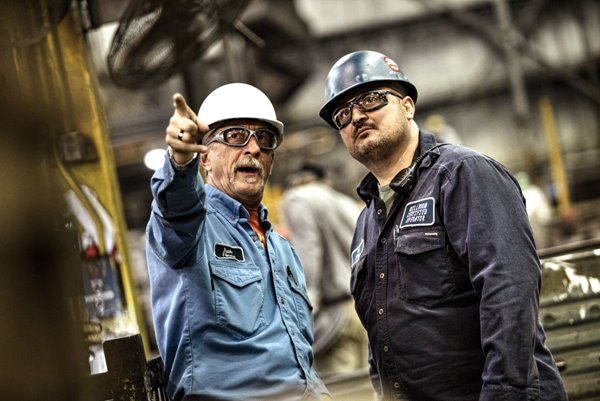As children, we learned the basic principles of green sand molding at the beach or nearest sand box. By mixing the right proportions of sand, clay and water, we created stable forms that would withstand the rising tide. In the foundry the tide is a 75-inches-per-second flow of molten iron at 2,600 to 2,800 degree Fahrenheit. Not only must the green sand resist erosion by the aggressive flow of molten iron, it must accurately define the basic shape of the casting. This ensures stable dimensions and provides a clean surface for ease of manufacturing. As casting weights range from 1 to 160 Kilograms and wall thicknesses from 4 to 150 milometers, the formulation for the green sand has been specially developed for each of ThyssenKrupp Waupaca's iron casting foundries.
Green Sand Molds 101
Greg Miskinis | Waupaca FoundryThe individual molding sand components are combined to impart unique properties vital to the quality of the finished casting. Different types of clay such as sodium and calcium bentonite are combined in special ratios to yield high strength and resistance to heat. Fillers such as wood flour and cereal cushion the individual sand grains as they expand to prevent ruptures of the mold surface that would ruin the casting's appearance or worse, functionality. Carbonaceous materials like sea coal are added to form a protective barrier to prevent molding sand from adhering to the finished casting, improving its machinability. All these components come together in our computer controlled mixers (called mullers) that ensure the properly formed green sand makes its way to our molding machines.
From lessons learned with pails and shovels to 90-ton-per-hour sand mixers, our engineers create the special green sand formulations that produce ThyssenKrupp Waupaca's signature, high quality castings.

